The Best Lubes (And What You Should Avoid)
Whether you’re exploring new sexual experiences, dealing with vaginal dryness, or just want smoother intimacy, choosing the right lubricant can make a huge difference. Lubrication enhances comfort, pleasure, and connection, but with so many options on the market, it can be overwhelming to know which lube is best, and which to avoid.
As a certified sex therapist, I often hear from clients asking about lubrication: what works, what’s safe, and how to make sexual experiences more enjoyable. Here’s a guide to help you navigate the world of lubes so your intimate moments are safe, pleasurable, and worry-free.
Why Lubrication Matters
Lubrication plays a key role in sexual health and comfort. Common reasons to use lube include:
Reducing friction and discomfort: Vaginal or anal dryness can make penetration painful or irritating.
Enhancing pleasure: Lubes can increase sensitivity and make sex more enjoyable for everyone.
Supporting intimacy: Less friction means less tension, allowing you to focus on connection and arousal.
During menopause or perimenopause: Hormonal changes can reduce natural lubrication, making lube essential for comfort.
Even if you don’t typically experience dryness, lubes can enhance sexual experiences for both solo play and partnered activity.
Types of Lubricants
Lubricants are generally categorized by their base ingredients, each with pros and cons. Understanding the differences helps you pick the right one for your body and sexual preferences.
Water-Based Lubes
Water-based lubes are the most common and versatile. They are safe to use with condoms, sex toys, and are easy to clean.
Pros:
Non-staining
Condom- and toy-safe
Easy to wash off
Often enriched with natural soothing ingredients
Cons:
Can dry out faster, requiring reapplication
May become sticky if overused
Tips: Look for products with minimal additives if you have sensitive skin. Examples include Sliquid Organics, Good Clean Love, and Slippery Stuff.
Silicone-Based Lubes
Silicone lubes are silky and long-lasting, making them ideal for water play or longer sessions.
Pros:
Very slippery and long-lasting
Waterproof, so great for shower or bath play
Less frequent reapplication needed
Cons:
Not compatible with silicone sex toys (can degrade the material)
Harder to wash off than water-based lubes
Tips: Use silicone lubes for anal sex or long sessions, but avoid using with silicone toys unless specified as safe. Popular options include Uberlube or Replens Silky Smooth.
Oil-Based Lubes
Oil-based lubes include natural oils like coconut oil, almond oil, or commercial products. They can be moisturizing and feel luxurious.
Pros:
Natural and often chemical-free
Long-lasting
Can double as massage oil
Cons:
Not safe with latex condoms (can cause breakage)
Harder to clean
Can increase risk of yeast infections in some people
Tips: If using oil-based lube, opt for non-latex protection or non-barrier sexual activity. Coconut oil is a popular natural choice but keep in mind it may stain fabrics.
Hybrid Lubricants
Hybrid lubes combine water and silicone for a long-lasting feel that’s easier to clean than pure silicone lubes.
Pros:
Long-lasting without sticky residue
Safe with most condoms and some toys
Cons:
May still not be compatible with all silicone toys
Slightly harder to wash off than pure water-based lubes
Tips: Great middle-ground for people who want the smoothness of silicone with the ease of water-based lube. Good Clean Love makes a solid hybrid lube.
Ingredients to Avoid
Not all lubes are created equal, and some can irritate sensitive areas or disrupt natural flora. Here’s what to watch out for:
Glycerin: While moisturizing for some, glycerin can increase yeast infection risk in susceptible individuals.
Parabens and synthetic preservatives: Can irritate sensitive skin or mucous membranes.
Flavored or warming additives with sugar or strong chemicals: Can cause irritation or allergic reactions.
Petroleum-based products: Safe for solo play but can break down latex condoms and may cause irritation.
Tip: Always patch test a new lube on a small area of skin before full use, especially if you have sensitive skin or a history of reactions.
Lube for Specific Needs
Different sexual situations and bodies may benefit from tailored lubes:
Vaginal dryness: Water-based lubes with soothing ingredients like aloe or hyaluronic acid are ideal.
Anal play: Silicone lubes are highly recommended due to durability and extra slipperiness.
Condom use: Stick to water-based or hybrid lubes to avoid breakage.
Sensitive skin: Choose free-from lubes, fragrance-free, and minimal additives.
Tips for Using Lube Effectively
Start with a small amount: You can always add more, but too much can feel messy.
Reapply as needed: Especially with water-based lubes, friction can make them dry out.
Combine with intimacy: Lube is not just for penetration—use it during masturbation, foreplay, or even massage to increase pleasure.
Store properly: Keep lubes in a cool, dry place to preserve their formula.
Common Myths About Lubes
“Lubricants are only for older people.”
False. Anyone can benefit from lube, whether it’s to reduce friction, increase pleasure, or experiment with different sensations.“If it’s slippery, it’s safe.”
Not always. Check the ingredients and condom/toy compatibility. Some slippery products may contain irritants or degrade latex.“More lube is always better.”
Not necessarily. Using too much can reduce friction to the point where stimulation decreases, or make cleanup difficult.
When to Seek Professional Guidance
If you experience persistent dryness, irritation, pain during sex, or discomfort even with lubricants, a Chicago sex therapist or healthcare provider can help identify underlying issues. Sometimes sexual discomfort is related to:
Hormonal changes (perimenopause, menopause)
Pelvic floor tension or dysfunction
Low libido or arousal issues
Anxiety or relationship concerns
Working with a professional ensures you’re not just masking the symptoms but addressing the root cause.
TLDR
Lubricants are more than just a convenience; they can transform sexual experiences, enhance pleasure, and support intimacy. Choosing the right type of lube, understanding ingredients to avoid, and using it effectively can make a huge difference in comfort and enjoyment.
Whether you’re exploring new sexual experiences, managing vaginal dryness, or looking to make intimacy more enjoyable, a high-quality lube is a simple but powerful tool. And if you ever feel unsure or encounter discomfort, consulting a sex therapist at Embrace Sexual Wellness can help you navigate your sexual health safely and confidently.




























